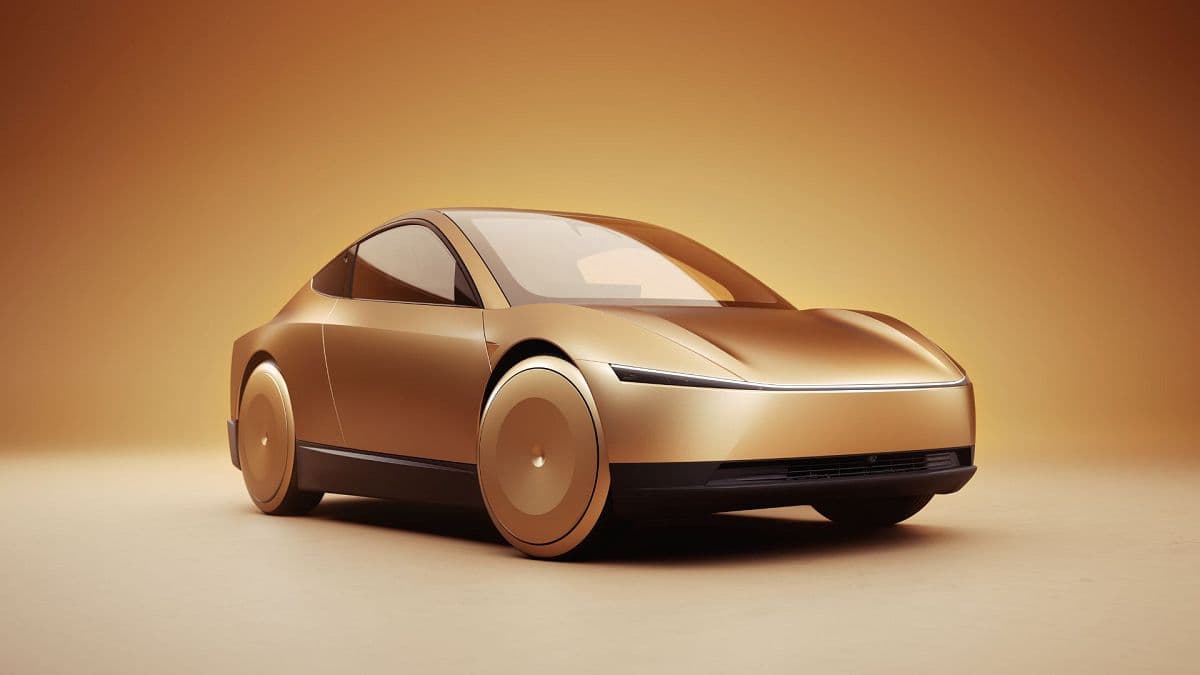Tesla Cybercab May Feature Dual-Mode Controls to Navigate Regulatory Hurdles

A recent social media post from "Whole Mars Catalog" suggests Tesla's upcoming Cybercab could incorporate "compliance controls" for its steer-by-wire and brake-by-wire systems, designed to meet Federal Motor Vehicle Safety Standards (FMVSS) while being deactivated during autonomous rideshare operations. This approach could allow the purpose-built robotaxi to satisfy legal requirements without compromising its fully autonomous design in practice. Tesla has envisioned the Cybercab as a vehicle entirely devoid of traditional manual controls, aiming for production in 2026.
The Cybercab, a key component of Tesla's robotaxi network, is slated to utilize advanced steer-by-wire and brake-by-wire technologies, eliminating the physical connection between the driver's input and the vehicle's mechanics. While these systems offer benefits like variable steering ratios and design flexibility for autonomous vehicles, they also present regulatory challenges. Tesla's Cybertruck already employs a steer-by-wire system without a mechanical backup, a design choice that has drawn scrutiny regarding safety and redundancy.
Current regulations, specifically the National Highway Traffic Safety Administration's (NHTSA) Part 555 temporary exemption process, limit manufacturers to selling only 2,500 vehicles annually without traditional controls like steering wheels and pedals. This exemption poses a significant hurdle for Tesla's mass production goals for the Cybercab. Tesla board chair Robyn Denholm recently indicated that the company might consider adding a steering wheel and pedals if necessary to comply with regulations for higher volume sales, acknowledging the tension between innovative design and market entry.
"Because the Cybercab has steer by wire and brake by wire, you could actually design “compliance controls” that comply with the Federal Motor Vehicle Safety Standards in terms of the letter of the law, but could be completely turned off when in rideshare operations," stated "Whole Mars Catalog" in the tweet. The post further elaborated, "These wouldn’t be that great for actuallr driving, but could meet the minimum requirements of the law. Kind of like the rear view mirror on the cybertruck that is tiny and almost never gets used." This suggests a strategy where controls are present for legal compliance but not intended for active use in its primary robotaxi function.
This potential dual-mode design highlights the ongoing struggle between rapid technological advancement in autonomous vehicles and the slower pace of regulatory adaptation. By implementing controls that fulfill the "letter of the law" while optimizing for driverless operation, Tesla could potentially accelerate the Cybercab's deployment. Such a strategy would underscore the company's commitment to its autonomous vision, even if it means a pragmatic concession to current regulatory frameworks.